Culinary Nutrition Guide to Honey
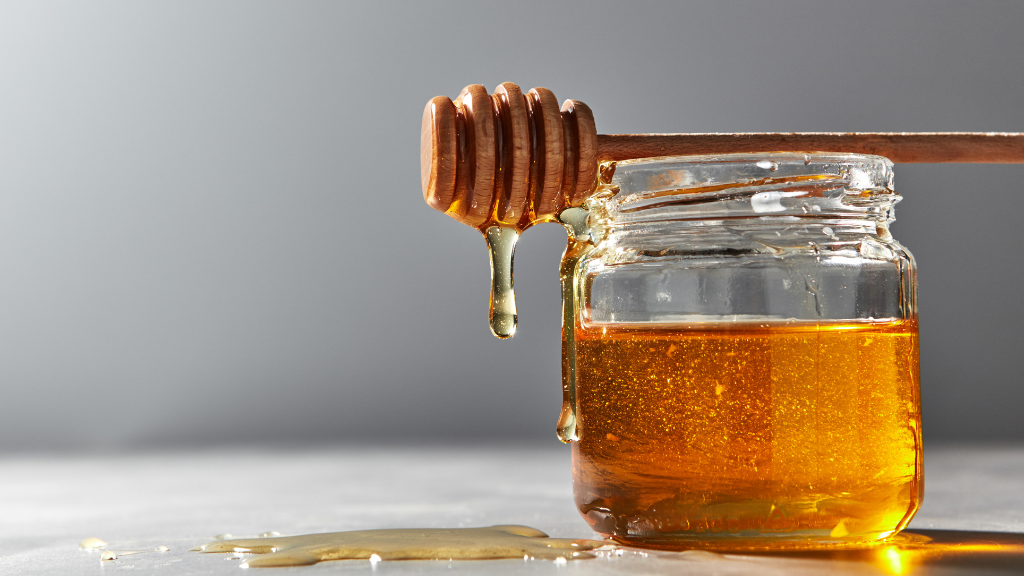
Honey is a thick, syrupy natural sweetener, and it’s one of the oldest foods in human history. At the Academy of Culinary Nutrition, honey is one of our go-tos whenever we want to add a bit of sweetness to our recipes. There’s more to honey than meets the eye, though, and in this guide to honey, you’ll learn more about its incredible health benefits, varieties, and uses!
What Is Honey?
Honey is a natural sweetener produced by bees that collect nectar from flowers and bring it back to the hive where it is eventually turned into honey.
culinary nutrition guide to honey
Health Benefits of Honey
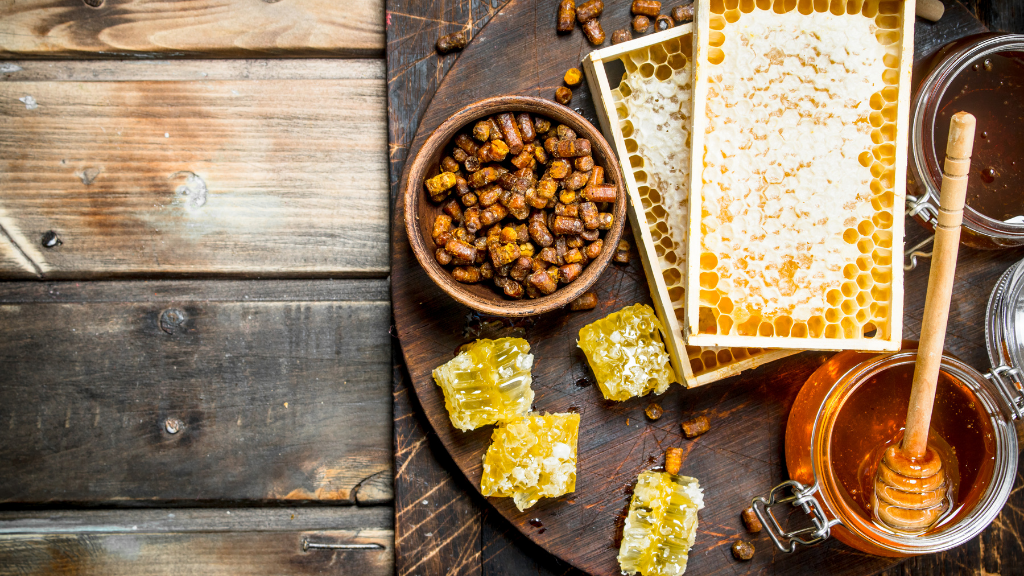
Honey has been used for thousands of years as both food and medicine. It contains:
- Amino acids, which are essential for healing and repair
- Enzymes that help break down amino acids, starches, and sugars
- B vitamins, which offer us energy
- Minerals such as calcium, copper, iron, magnesium, manganese, phosphorus, potassium, and zinc
- Vitamin C, a potent antioxidant, as well as additional antioxidants that protect our cells from damage
- Honey has an indefinite shelf life when stored properly
Modern research shows that honey products contain a multitude of culinary nutrition benefits. This includes:
- Antibacterial and antimicrobial properties that aid wound healing
- Anti-inflammatory compounds that inhibit the pathways that lead to inflammation
- Anti-vital activity that can prevent the growth of viruses and support the immune system
- Encouraging cancer cell death
- Reducing asthma symptoms
- Inhibiting fungal growth
- The nutritional profile of honey has hypoglycemic effects that can be beneficial to diabetic patients
Get your FREE Natural Sweetener Guide plus 35 more free resource guides!
Fill out the form below for instant access.
Free Resource Library
Enjoy more than 40 downloadable guides, recipes, and resources.
Raw vs Pasteurized Honey: What’s the Difference?
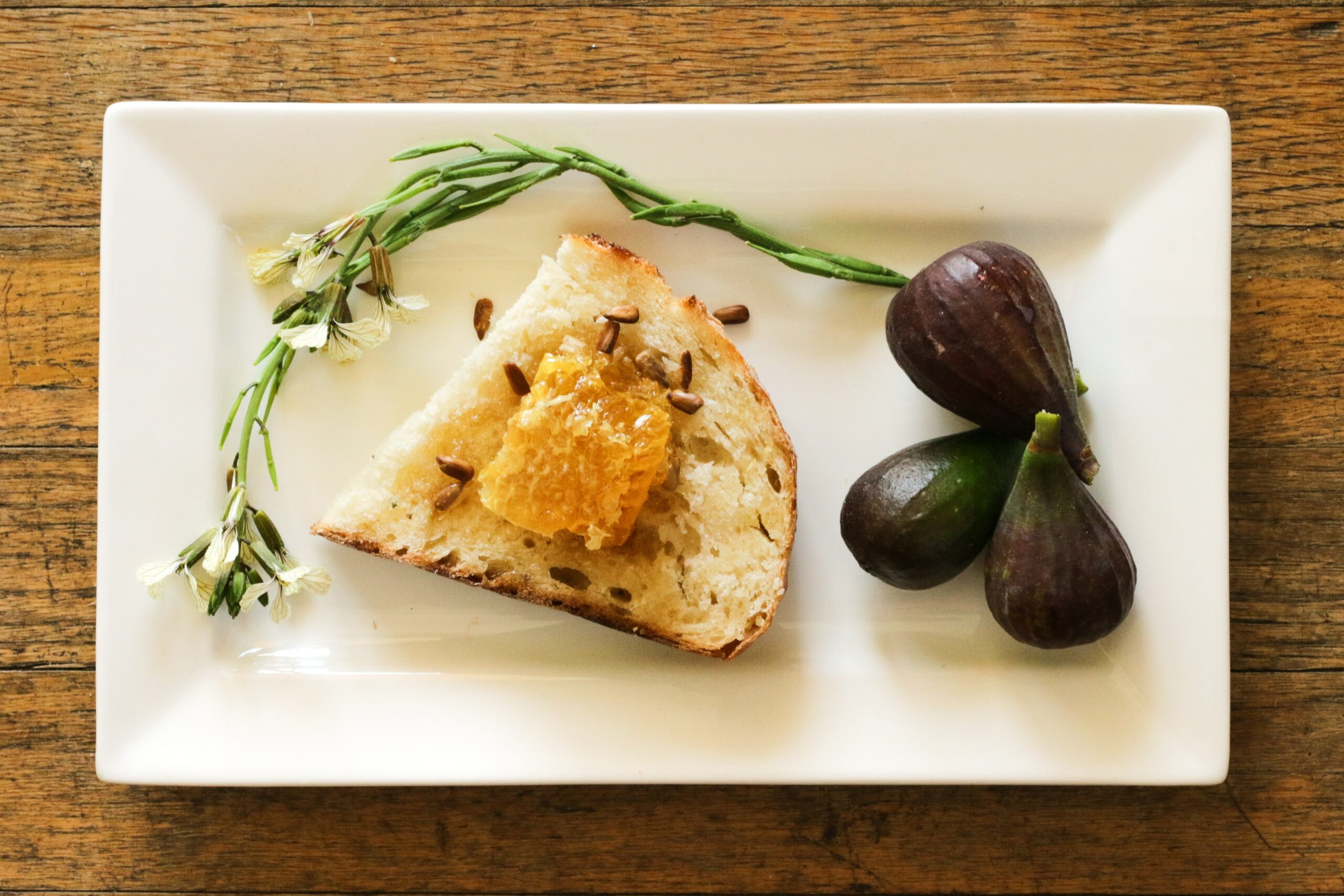
Photo: Pass The Honey from Unsplash
You may see raw and pasteurized honeys available. Raw honey has not been heated or filtered, and so it retains more nutrients. Pasteurized honey is heated, which destroys some of its nutrients.
Has Your Honey Crystalized? Is It Liquid? What Does the Texture Mean?
Honey comes in a few different textures.
- Liquid: Very pourable and runny, and easy to use when drizzling over dairy-free ice cream, pancakes, or other baked goods
- Solid: Honey will crystalize over time, hardening as it goes
- Creamed: Creamed honey is made by accelerating the crystallization of honey – this can be done manually in small batches by creaming it with a stand mixer or hand mixer, or companies can cream honey in large machines. Creamed honey has a softer, spreadable consistency (think peanut butter).
- Honeycomb: This is actually the inside of the bees’ nest; bees build a network of six-sided shapes out of beeswax and then cram them with honey. Honeycomb is much chewier in texture than other types of honey.
- Honey Sticks: These are essentially straws of raw honey, which you could stir into herbal teas or elixirs
Types of Honey
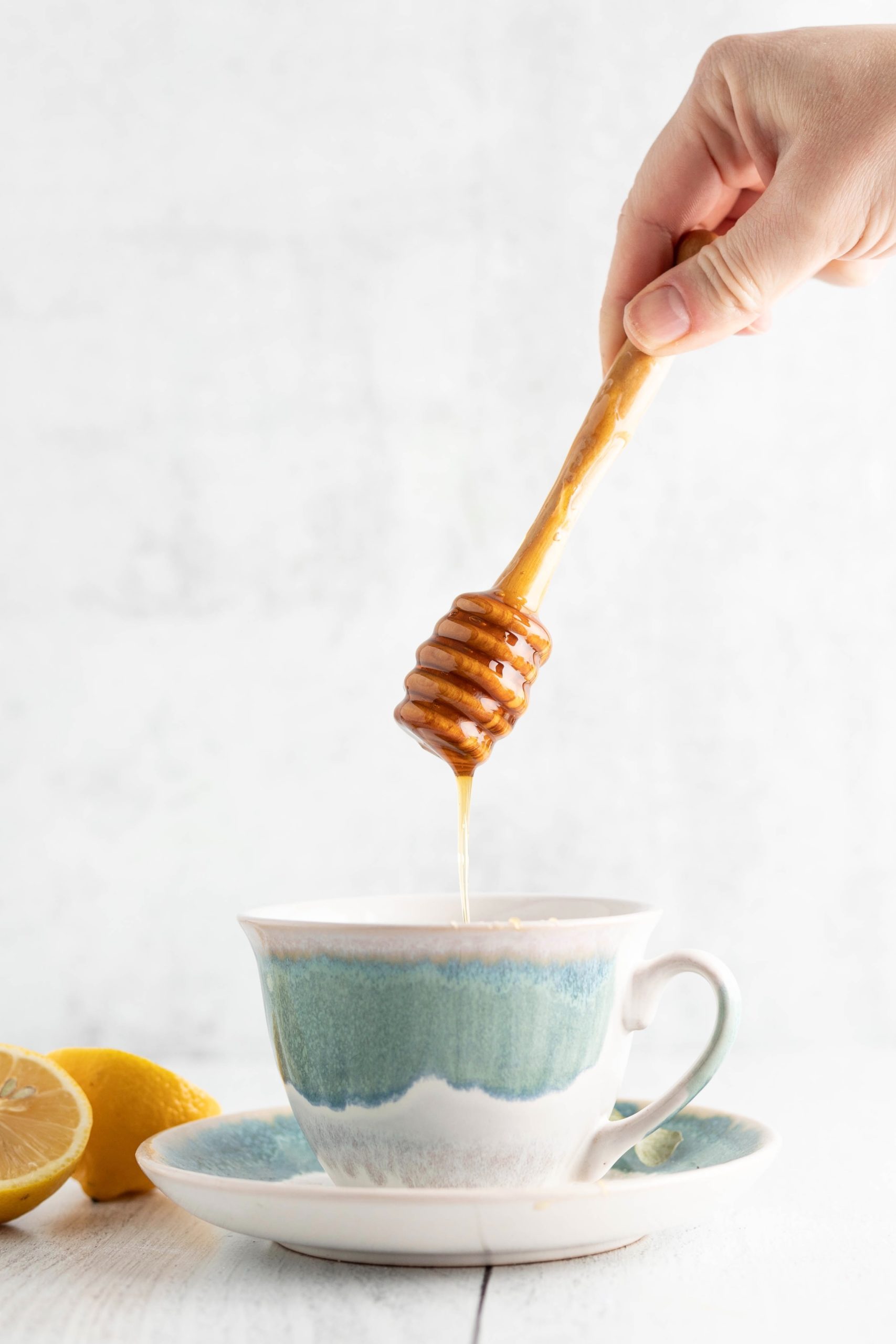
Photo: Sarah Gualtieri from Unsplash
As bees buzz around the world, the types of honey and their flavour profiles depend on the kind of plants and flowers they visit. These are some common types of honey. All honeys, as you might imagine, are sweet. Their flavours can vary not just due to the plants where the bees drew their nectar, but also the time of year. It’s fun to experiment!
Buckwheat
Buckwheat honey is usually dark in colour, which often means it has more antioxidants.
Flavour Profile: Strong, molasses-like, malty
Wildflower
Wildflower honey, as the name suggests, is collected from a range of flowers and can be light or dark in colour, or anywhere in between.
Flavour Profile: Varies depending on the flower, but will typically be light and can be fruity or floral.
Berry (Cranberry, Blueberry, Blackberry, Raspberry, etc.)
This variety comes from bees who have pollinated the flowers from various berry fruits.
Flavour Profile: Can be mild or strongly fruit-flavoured.
Clover
An extremely common honey variety from bees who fed on clovers.
Flavour Profile: Lightly floral, very mild. Clover honey is popular as the flavour doesn’t overpower.
Acacia
A light-coloured honey from the false acacia or black locust tree.
Flavour Profile: Delicate, floral, and mild
Manuka Honey
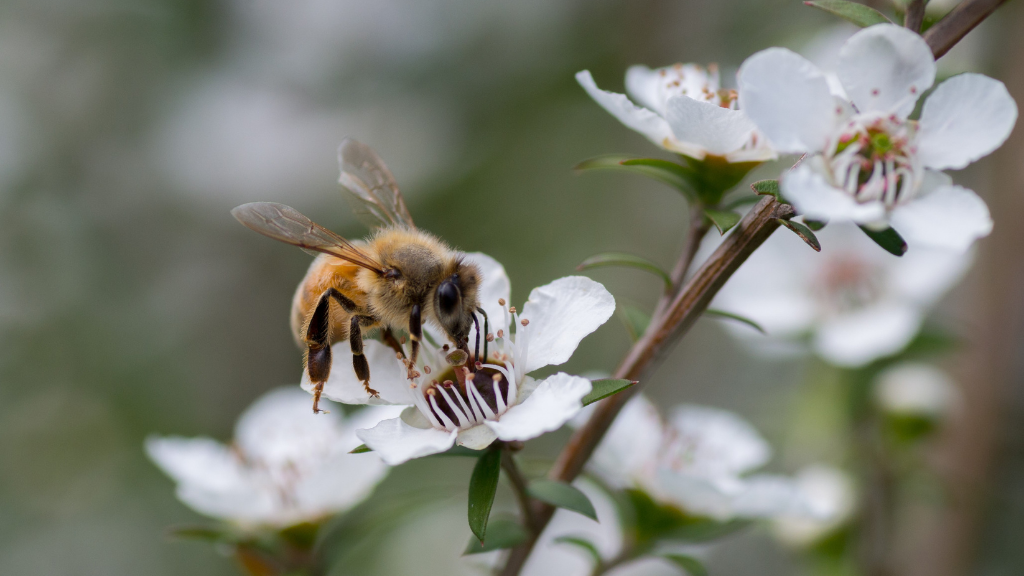
This honey comes from the manuka tree, which is native to New Zealand and Australia. It’s well-known for its high anti-bacterial properties.
Flavour Profile: Manuka has a more earthy, herbal flavour to it.
Infused Honey
You can take any variety of honey and infuse it with your favourite herbs like lavender, cinnamon, vanilla bean, ginger, mint, or whatever flavours you enjoy. You can learn how to infuse honey in our online course, Everyday Herbal.
Bee Health
Honey is delicious, but it’s important to harvest it sustainably and help maintain the health of bees around the globe. As pollinators, bees play a vital role in our food supply, pollinating plants and flowers that eventually grow ingredients like fruits, nuts, seeds, and vegetables we eat.
Unfortunately, the bee population is in decline because of key factors like pollution, pesticides, pests or bee-specific disease, lack of nutrition, and loss or change to the habitat where bees draw their nectar.
Aim to choose honey from local, sustainable beekeepers whenever possible. If you grow your own plants, flowers or food, you can also help by avoiding pesticide use in your yard, patio or balcony, and planting bee-friendly flowers.
How to Use Raw Honey
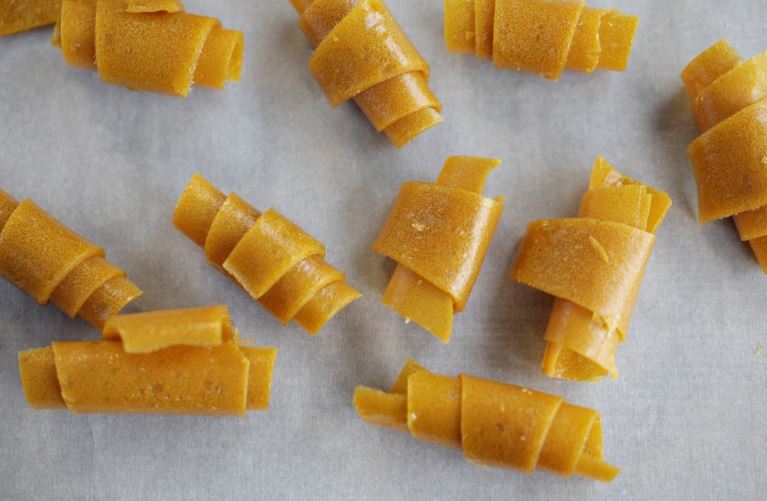
Photo: Dash of Butter
Raw honey is our favourite choice and it can be used in so many ways! Try experimenting with honey in some of the following ways:
- Gluten-free baking, such as cookies
- Elixirs
- Herbal teas
- Homemade chocolate desserts
- Hot chocolate
- Dairy-free ice cream
- Whole food frostings
- Condiments such as salad dressing, ketchup, and barbecue sauce
- Drizzle it over gluten-free bread or spread with homemade nut or seed butter
- Turmeric lattes or turmeric paste
- Create a platter or board with fruit, dairy-free cheese, and honey to drizzle
- Make your fire cider more palatable!
Essentially, honey is incredibly versatile and in most cases, anytime you need a little sweetness, honey has got you covered.
More Bee Products
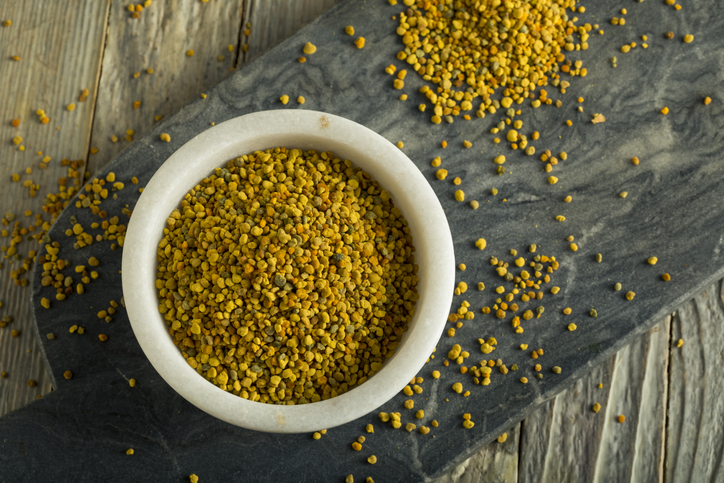
Honey isn’t the only delicious and healthful product we can enjoy from bees – learn more about other bee products like bee pollen, propolis, royal jelly, and more in this guide to bee products.
We hope this guide to honey offers you some insight into the world of honey and inspires new ways to use it!
There are many sustainable honey products to choose from. One of our favorites is Beekeeper’s Naturals, which not only produces honey but other honey products as well like Propolis Throat Spray that helps aid immunity.

Free Resource Library
Enjoy more than 40 downloadable guides, recipes, and resources.
























